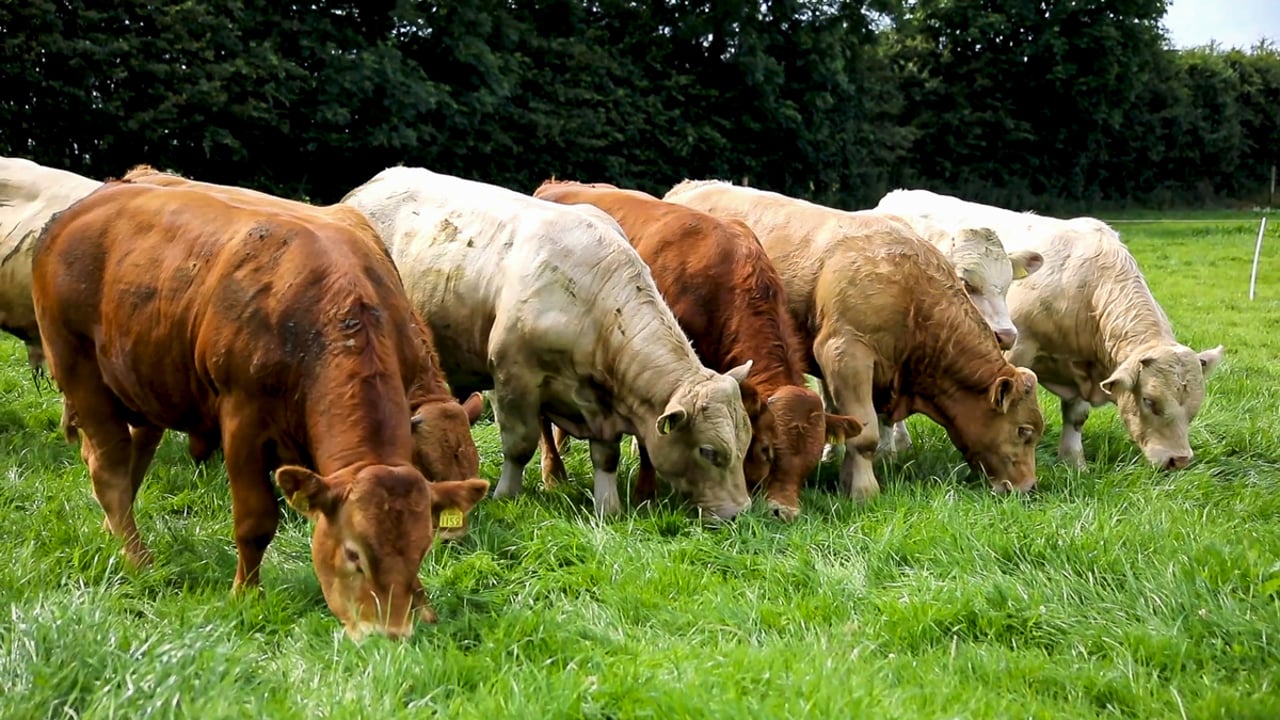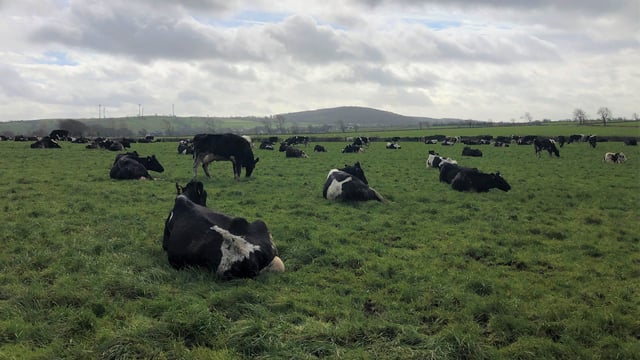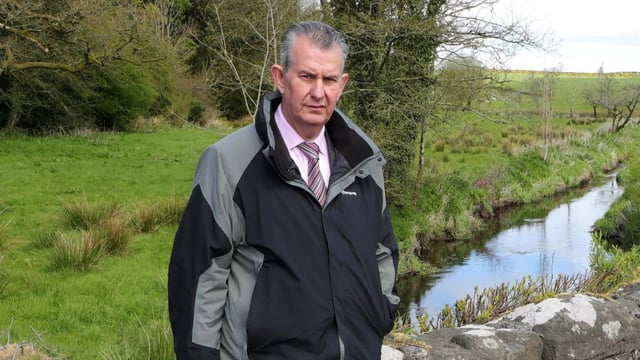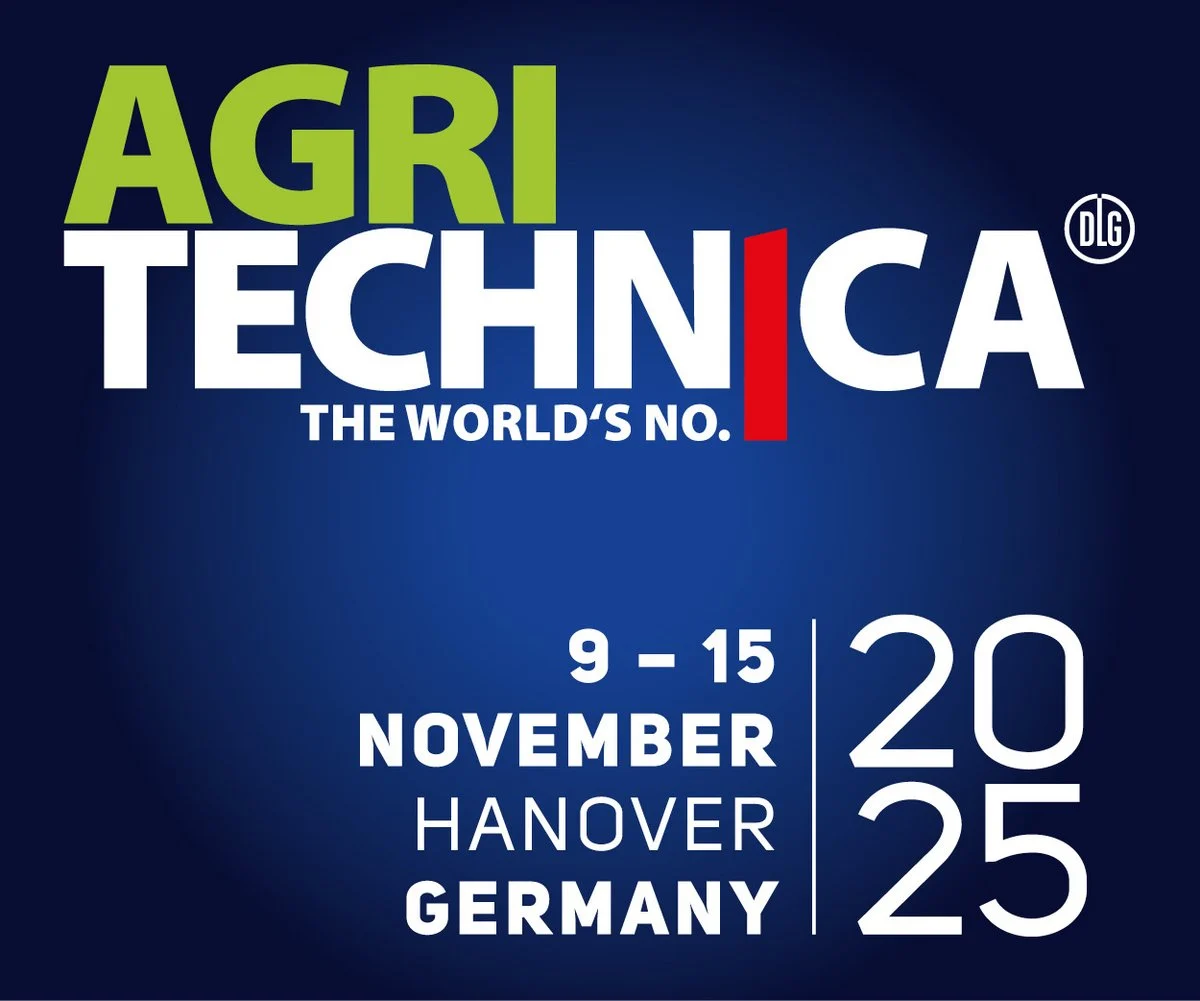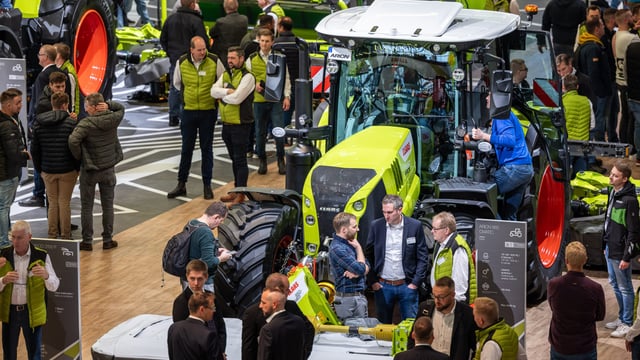Suckler farms – new technologies are the future
Dr. Paul Crosson, beef enterprise leader at Teagasc Grange, believes that the implementation of new technologies will help to significantly improve the productivity of Irish suckler farms over the coming years.
He cites the likes of greater use of artificial insemination (AI), adoption of new grassland technology and the availability of improved animal performance data in this regard.
Speaking to Agriland, Crosson said: “We are about half way through the current suckler systems research experiment at Grange.
Crosson recognises that the availability of new technologies could particularly help part-time suckler farmers to significantly improve their breeding and grassland management.
Moreover, Crosson does not dispute the potential of technology like virtual fencing to allow farmers remotely move their stock on to new pasture, as and when required.
“Labour availability remains a major challenge on many farms within the suckler sector,” he said.
“If we look at the evolution of suckler cow breeding for example, the cross-bred beef animal from the dairy herd was a very suitable cow type in this regard.
"However, the change in dairy genetics within the milk industry led suckler herdowners to look at breeding cows with a higher beef merit," he continued.
“This approach also works when it comes to assessing which are the best beef merit bulls to use on their cows to produce animals for slaughter.”
The Teagasc representative also points to a future that will see the term ‘sustainable intensification’ gain real impetus on suckler beef farms.
“Improved animal health, improved breeding from the point of view of beef traits and fertility, and improved grassland management are all components of lowering the carbon footprint of a suckler farm,” he stressed.
"There is no question that it’s a challenge but we have a resilient industry that has shown repeatedly an ability to evolve to changing circumstances.”
In this regard, farming sucklers produces more than just beef for consumers and the wider public.
“Suckler farms are home to many of our most valuable habitats and have very low nutrient surpluses,” Crosson explained.
“This is a direct consequence of the low production intensities followed on these farms.
“On average, nitrogen [N] application rates are below 50kg/ha on these farms. And, while there are challenges for the entire agricultural sector in terms of greenhouse gas emissions [GHG], there is a large body of research into issues such as the level of carbon in our soils and biomass, and also how to we measure and reduce methane emissions."
Crosson explained that this has enormous implications for the suckler sector as a whole.
“We must always continually remind ourselves and the wider public that the primary objective of agriculture in general and specifically in this case of suckler systems, is to produce high quality food for the consumer," he said.
"In general, I think there will be as many opportunities as obstacles for the suckler herd in the coming years.”

